LLNL’s Lori Diachin takes over as director of the Department of Energy’s Exascale Computing Project, guiding the successful, multi-institutional high-performance computing effort through its final stages.
Science and Technology Highlights
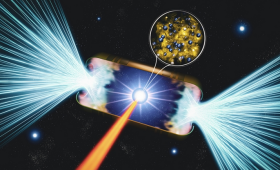
Scientists have conducted laboratory experiments at LLNL that provide new insights on the complex process of pressure-driven ionization in giant planets and stars.

New report finds that carbon capture and storage in California can concurrently serve local communities, the environment and the economy
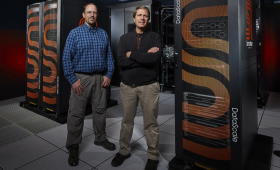
LLNL and SambaNova Systems have announced the addition of SambaNova’s spatial data flow accelerator into LLNL’s Livermore Computing Center, part of an effort to upgrade the Lab’s cognitive simulation (CogSim) program.
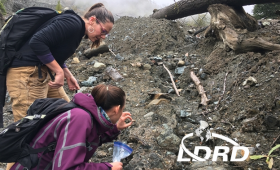
Carbonate minerals are formed when carbon dioxide reacts with magnesium and calcium-rich rocks. But where does that CO2 come from? If it comes from the atmosphere, this process at sufficient scale may be able to reliably draw down atmospheric greenhouse gas levels, according to new research by LLNL scientists.
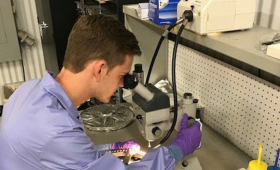
The dangers of coastal erosion are an all-too-familiar reality for the modern residents of California’s iconic mountainous coastal communities. With a new tool, researchers are now bringing historical perspective to the topic of how to manage these disappearing coastlines.
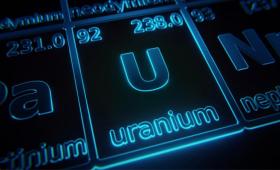
The different forms of uranium, known as allotropic forms, are of great interest to scientists.

A Lawrence Livermore National Laboratory engineer is among those sharing a Department of Energy award for contri

The National Academies of Sciences, Engineering, and Medicine released a report, Fundamental Research in High Energy Density Science

A prototype telescope designed and built by LLNL researchers has been launched from Cape Canaveral, Fla., to the International Space Station (ISS).

